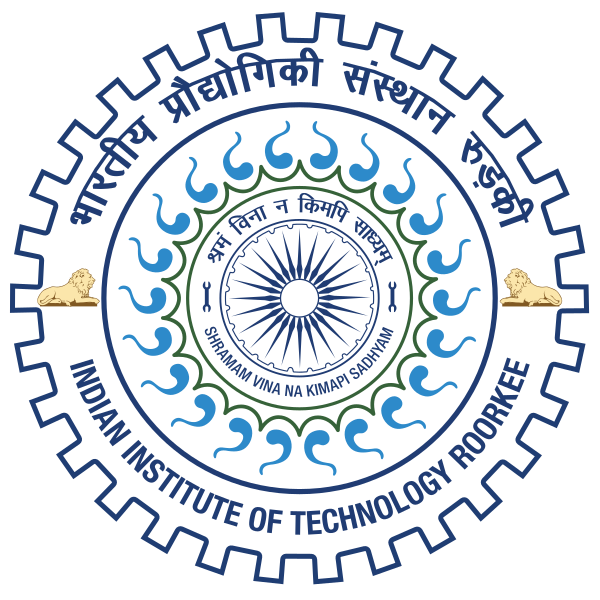Please use this identifier to cite or link to this item:
http://localhost:8081/jspui/handle/123456789/9580| Title: | PERFORMANCE STUDY OF VIRTUAL PATH ROUTING IN SURVIVABLE ATM NETWORKS |
| Authors: | Ramana, Bhrugubanda |
| Keywords: | ELECTRONICS AND COMPUTER ENGINEERING;VIRTUAL PATH ROUTING;SURVIVABLE ATM NETWORKS;B-ISDN |
| Issue Date: | 1999 |
| Abstract: | The support of B-ISDN for a range of voice, data, image and multimedia services become possible by the advent of high capacity optical fiber transmission links. At the 4—same time it has increased the impact of a network failure in high-speed networks. In these networks a large volume of data will be lost even in a short outage in - case of a network failure. The success of self-healing algorithms proposed to achieve fast restoration depends on how traffic is distributed and how spare capacity is assigned over the networks when the network failure occurs. In view of these facts the problem of Survivable Virtual Path Routing (SVPR) and its solution approach has been studied in this dissertation work. Virtual path routing control in survivable Asynchronous Transfer Mode (ATM) networks minimizes the expected amount of lost flow upon restoration from a network failure. The Virtual Path (VP) reconfiguration could be used not only to achieve a high level of network survivability after a change in the facility networks, but also to guarantee the .quality of service of the lower layers in response to varying traffic demand patterns. The two step restoration scheme will achieve fast restoration as well as optimal reconfiguration. The blocking problem for switches, which are not actually involved in the failure, is considered, while taking performance measure. To measure the survivability of the facility network the Survivability Quality of .Service (SQoS), which is based on the expected lost flow in the network when a failure occurs, is used. This routing scheme is compared with the Dynamic routing scheme as it has minimum average delay in a network. The results of the performance evaluation indicates that the present routing scheme has minimum lost flow in case of a failure and thus has increased survivability level. |
| URI: | http://hdl.handle.net/123456789/9580 |
| Other Identifiers: | M.Tech |
| Research Supervisor/ Guide: | Sarje, A. K. |
| metadata.dc.type: | M.Tech Dessertation |
| Appears in Collections: | MASTERS' THESES (E & C) |
Files in This Item:
| File | Description | Size | Format | |
|---|---|---|---|---|
| ECD247865.pdf | 3.22 MB | Adobe PDF | View/Open |
Items in DSpace are protected by copyright, with all rights reserved, unless otherwise indicated.

